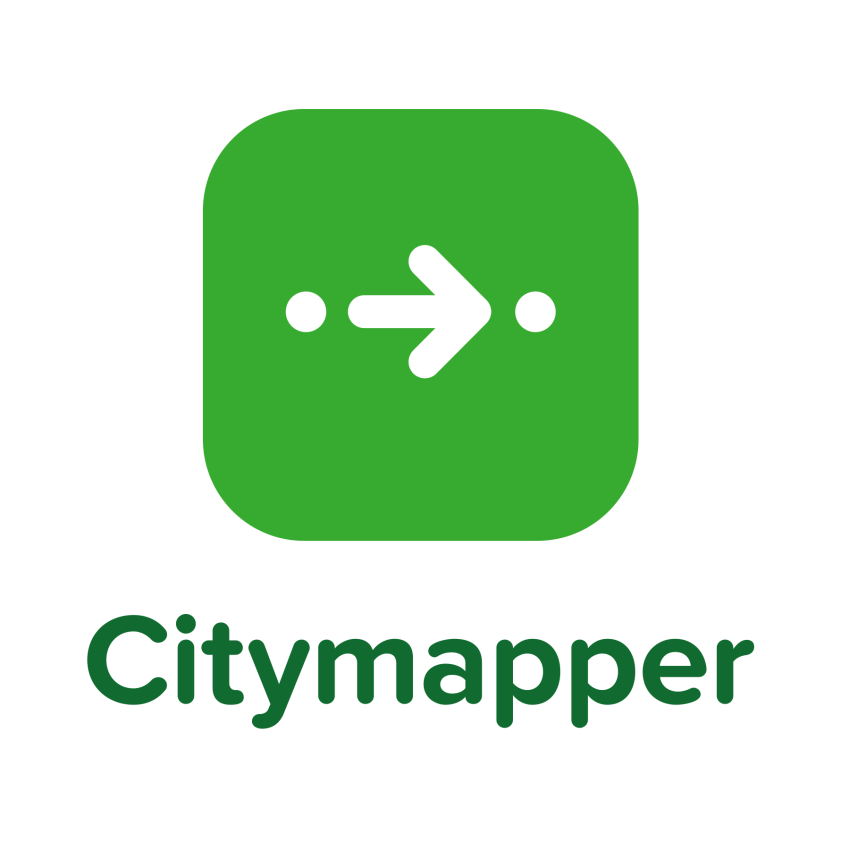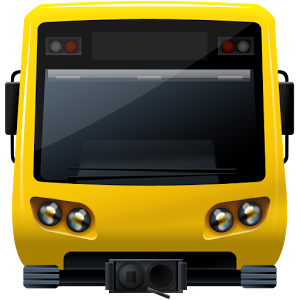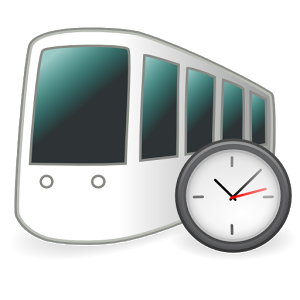You’re coming to Melbourne. Perhaps this is your first overseas trip? Or maybe you’re moving interstate, or even moving to the big smoke (or not so big smoke) and away from everyone you know. It’s exciting, yet daunting. Here’s some of the fundamentals that you will need to cover.
First up, let’s cover the Transportation options. Depending on where you’re attending your university, your requirements would be quite different. I’ll cover things in general first and then by exception later.
Here are the apps you will need to get you around.

1. Citymapper
This is by far the gold standard in travel apps as far as I’ve seen. A recent entry to the market, this is the only one to integrate all the different modes of transport under one roof. Trains, trams and buses? Yes, please!
Plus, this app also takes any issues into consideration – delays, roadworks etc and you get a real time update to your journey.
The one thing I will admit, I have never waited long enough to see how tram delays would work/update the journey. Call me impatient, but having a perfectly functioning pair of legs, I’d rather walk it from one side of the city to the other. And as a student, (or a tourist) there’s nothing better. Of course, use your common sense and don’t attempt to do this f you’re carrying around a heavy laptop and the like.

2. Train Trapper
The core of Melbourne’s transportation system depends on the rail network. After parts of the system became privatised (running the service is outsourced to a Singaporean company and asset management is owned by the Government), cracks in the system have become more pronounced. An insight into the forthcoming rant needs context – the running of the service has SLAs to meet, 88% punctuality and 98% delivery. Actually, I got to ask, when the heck did it drop to 88%, I always knew it to be 92%. Someone, somewhere is slipping on doing these contract negotiations. Any how, to ensure they reach the 98% delivery, they will change trains running via the city loop to run direct to Flinders Street station – a massive inconvenience to people that need to go through the city loop, but this enables them to reach their target. Often, the issue for these changes are called “maintenance faults” with the assets which is out of their hands. In response, the Asset Management teams are moved to an 8 hour rostering system to provide a 24/7 coverage instead of having full time people. Is it fair? In my opinion, no. But the world is unfair, and if that’s all you focus on, then that is more of what you’re going to get. We need to upgrade out transport network, but where will that funding come from? Can we expect people to sit by whilst major works are being completed? Actually, yes we can. (I’m chanelling my inner Barack right there). I’m really pleased with all the level crossing removals that are being done. I don’t think people realise how much smoother the traffic flow is (or will be once they remove the damn 40km/h speed limit). Rant over.
Where was I? Oh yeah, train trapper. It gives you real time updates as to whether trains are on schedule, delayed or have any delays over the weekends. It won’t give you push notifications, so if you do need to travel over the weekends, you will need to undertake a little pre-planning to get you there.

3. Tram Hunter
My favourite Tram app has to be Tram Hunter – it lets you browse by routes and then select the stop to find the next available Tram departure time. Love it! Though with all the disruptions you can face inside the city, I just recommend walking the city instead or heading over to the tram stop yourself.
4. Bus Timetable
If you haven’t already seen a pattern forming, then here it is, the people that create solutions for a gap in the market, tend to make the better apps. Hence why I like the Citymapper app. They have got the bus routes down pat. I have tried others, but was never really satisfied. I mean hell, you want me to pay to receive notifications for delays in my buses? No thank you. Especially as someone else is willing to give you that functionality for free.
Based on the location of your University campus, you would need one or all the apps mentioned above.
Next in line: myki Cards.
Myki cards are what you will need to get around Melbourne. It works similar to the Oyster system overseas, where you put money onto to the card and you need to “touch on” and “touch off” for the trip that you take.
Where you can use myki:
- Melbourne’s trains, trams and buses
- V/Line trains between metropolitan Melbourne and Eaglehawk/Epsom, Seymour, Traralgon, Waurn Ponds and Wendouree
- Buses in Ballarat, Bendigo, Geelong, Seymour, the Latrobe Valley and Warragul.
There are different types of myki cards. As a local/Australian Resident/Australian Citizen university student moving to Melbourne, you need to apply for the PTV ID card so that you are then eligible to buy the Concession card. Whenever you are travelling on the system, make sure that you have both cards on your person or you will likely incur a substantial fine.
If you are an international student moving to Melbourne to study full-time, you can now use the new iUSEpass – International Undergraduate Student Education pass. This gives you a 50% reduction of an annual myki pass. This is predominantly used to travel within the myki zones, but if you are planning to travel outside of it, make sure you put on additional myki money.
Zones
The myki system breaks up the transport network into zones. This link about zones will open up in a new window and you can get lost through the trove of links in there. To download the specific maps for each of the zones, click here only. Make sure you come back to this spot for your one stop shop assistance.
myki Money or myki Pass?
Well, things aren’t that simple. But, here’s how I’d explain it to a 5 year old.
Pass: The amount you spend within a certain location and for a certain amount of time.
Money: The amount you spend at any time.
Could you have both?
Yes! And the system is smart enough to use the Pass before it deducts the Money.
I see that I have a pass for only one zone. Can I use the pass to add another zone?
I would not recommend it unless you intend on travelling into that zone on a regular basis. If that is the case, I would actually speak to an attendant at one of the public transport stations to see how they could consolidate the amounts for you. Your best bet is to add myki money so you are covered for that zone. This works out cheaper in the long run.
Transport Tuesdays – Mapped
That’s it for the Transportation side of things! After you check out my post on living in Melbourne, feel free to message me via social media or email with your queries.
In this series, I will cover Finances, Eating out, Studying and Socialising!
You can find me on social media:
Instagram: @TheDomesticTraveller
Facebook: TheDomesticTraveller
If you do like what you’ve read, then sign up for the newsletter and never miss a post!

such a great post! am gonna share it to my uni friends coming to melbourne!
LikeLike
Thanks Cedric – the next post in the series is coming soon! Keep an eye out for it 🙂
LikeLike